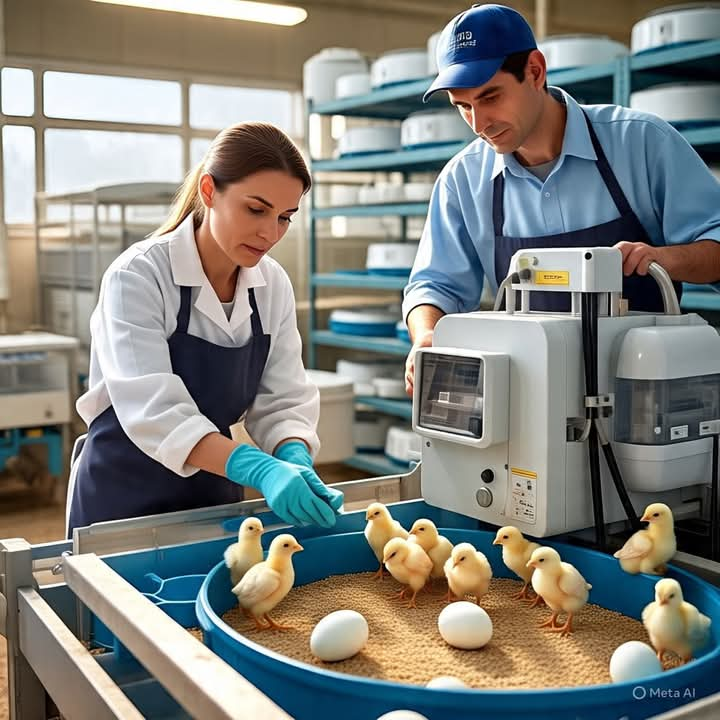HATCHERY MANAGEMENT – ENSURING HIGH CHICK SURVIVAL & PROFITABILITY
HATCHERY MANAGEMENT – ENSURING HIGH CHICK SURVIVAL & PROFITABILITY
Running a hatchery is a highly profitable agribusiness, but many farmers struggle with low hatch rates, weak chicks, and disease outbreaks due to poor incubation practices. Proper hatchery management is key to maximizing chick survival and business success!
Best Practices for High Hatch Rates & Healthy Chicks
✔ 1. Selecting the Right Eggs for Incubation
🔹 Use fertile eggs from healthy, well-fed breeder hens.
🔹 Select medium-sized, clean, and crack-free eggs.
✔ 2. Optimal Incubation Conditions
🔹 Temperature: Maintain at 37.5°C throughout incubation.
🔹 Humidity: Keep at 50-55% for the first 18 days, then 65% for hatching.
🔹 Turning: Rotate eggs every 4 hours to prevent deformities.
✔ 3. Chick Brooding & Early Care
🔹 Provide consistent heat sources (infrared bulbs, charcoal brooders).
🔹 Feed chicks high-protein starter feeds (20-22% protein).
🔹 Ensure clean water with vitamins & electrolytes to boost immunity.
✔ 4. Disease Control in the Hatchery
🔹 Disinfect all equipment before and after every hatch cycle.
🔹 Maintain proper ventilation to prevent respiratory infections.
🔹 Vaccinate day-old chicks against Marek’s and Newcastle diseases.
✔ 5. Marketing Your Chicks for Maximum Sales
🔹 Target poultry farmers, agrovets, and large-scale producers.
🔹 Use social media and agribusiness networks to advertise your stock.
🚨 Common Mistakes That Lead to Hatchery Losses
❌ Incorrect incubation temperature → Causes poor hatch rates.
❌ Failure to turn eggs regularly → Leads to deformed chicks.
❌ Poor hygiene & ventilation → Increases disease outbreaks.
Want to run a successful hatchery? Get our Hatchery Management Guide!




